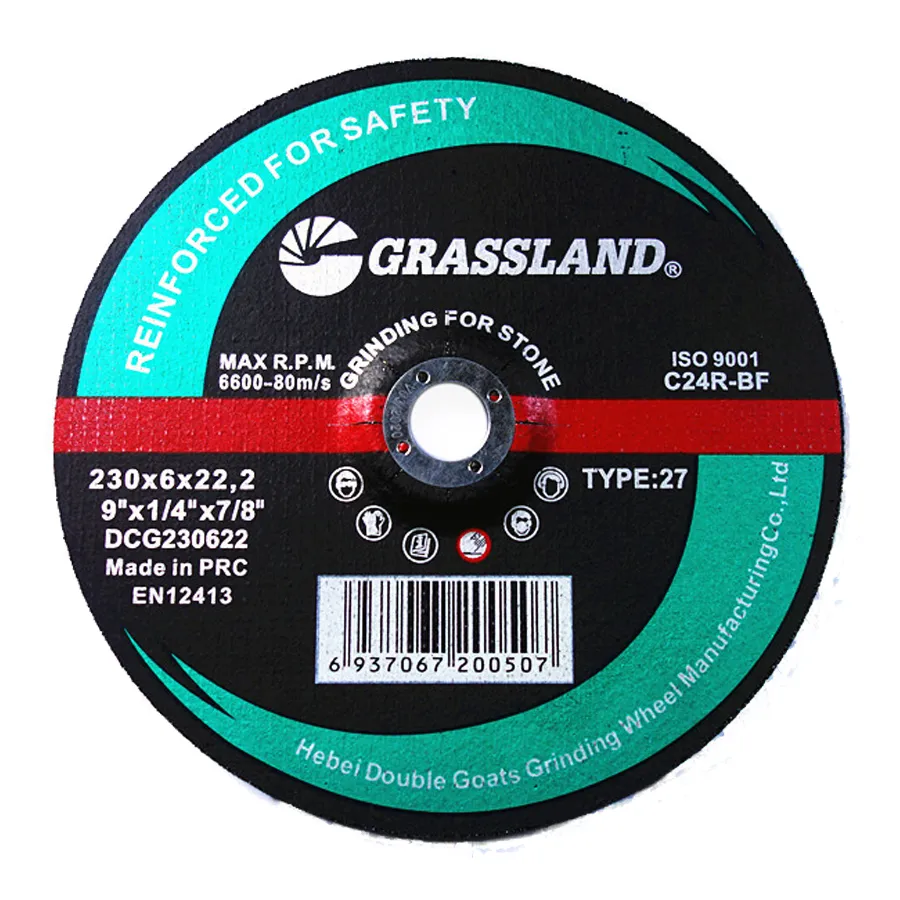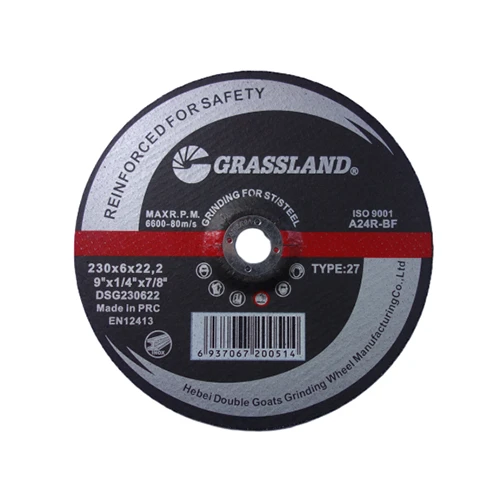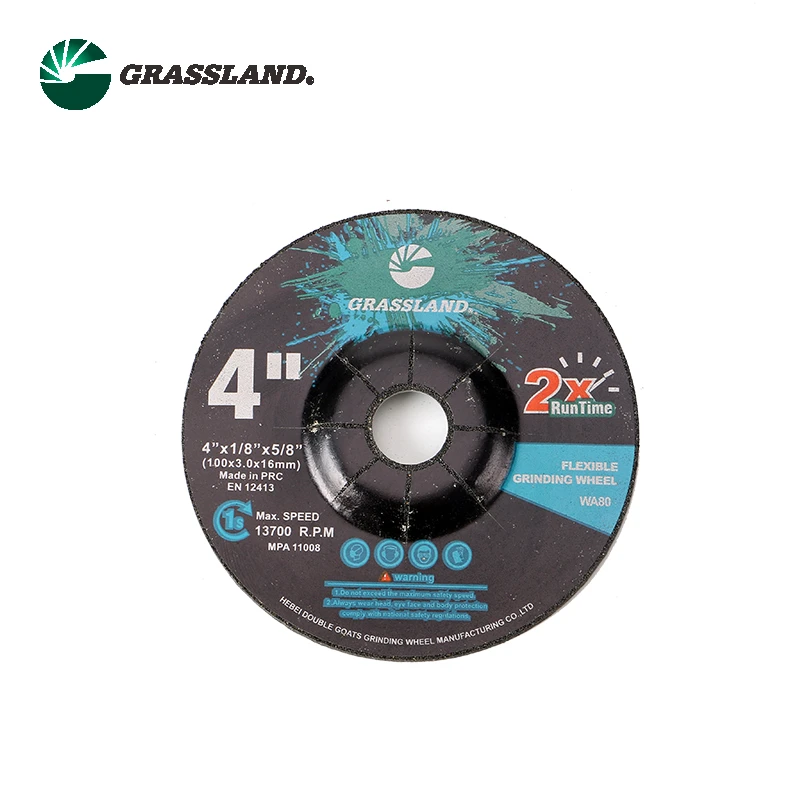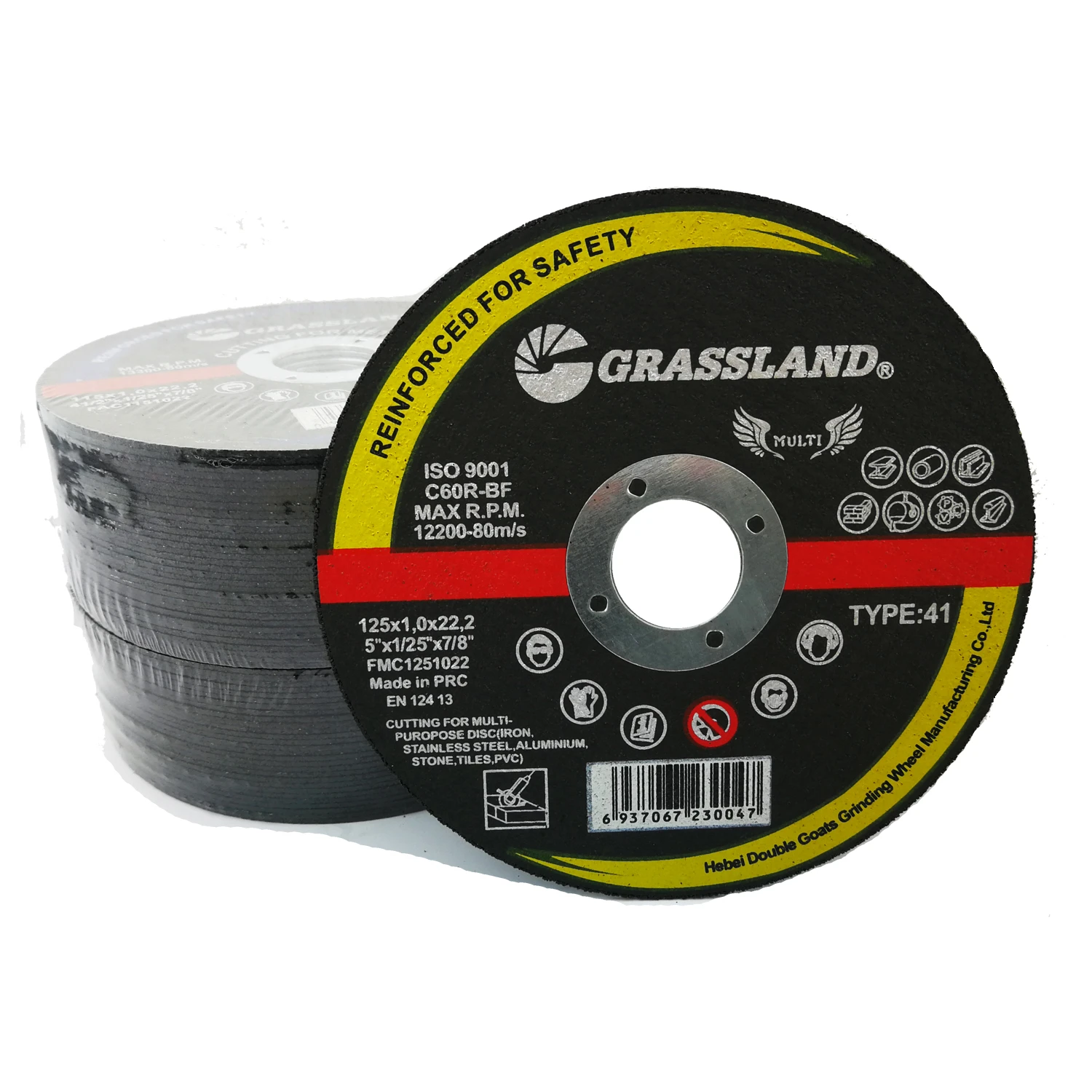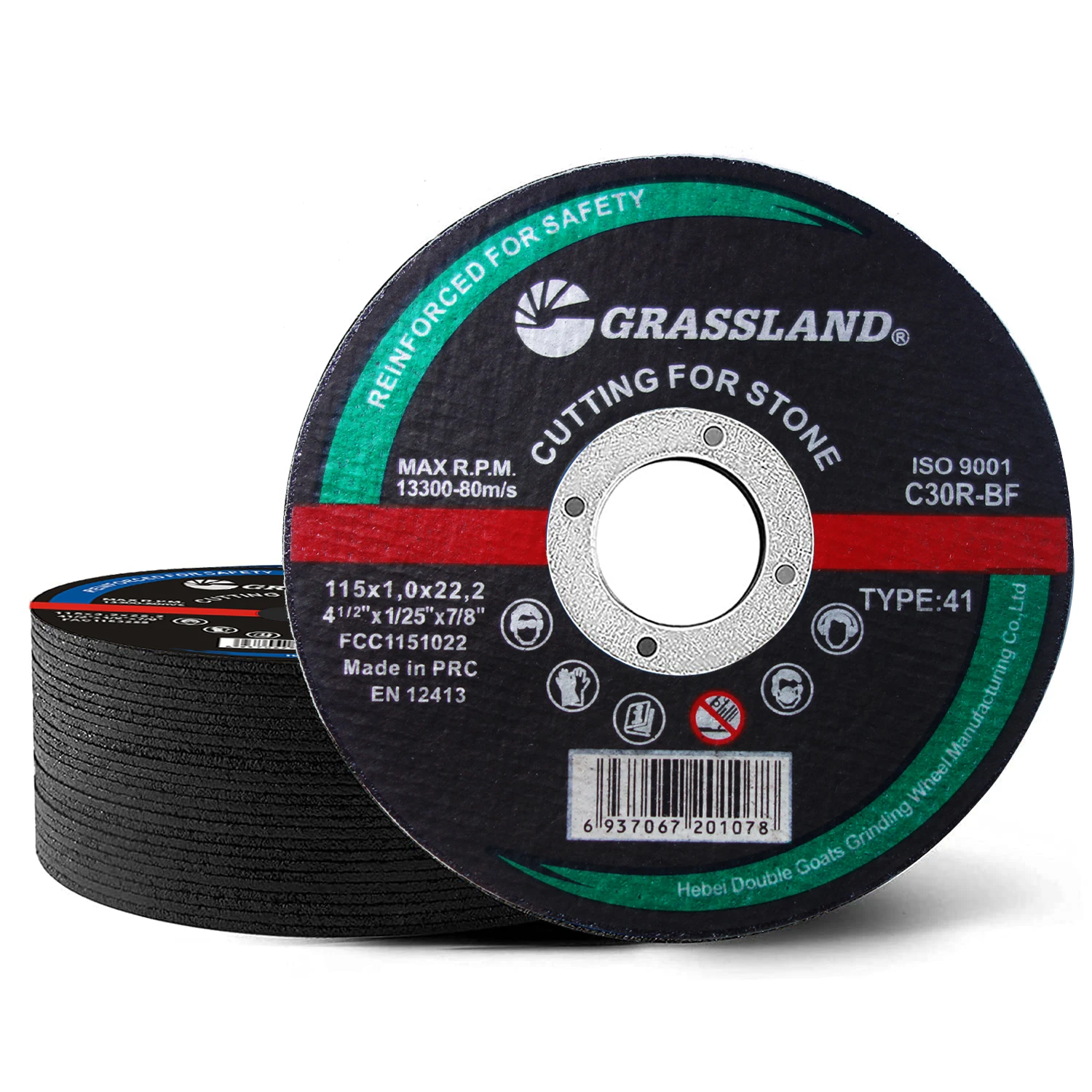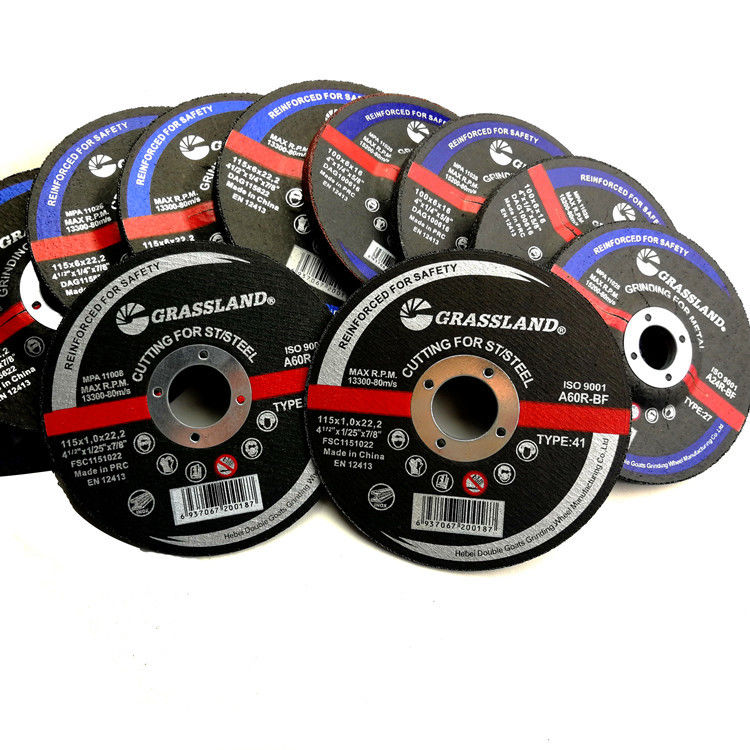The Importance of Cutting Wheels for Stainless Steel Work
When it comes to metalworking and fabrication, the choice of tools can significantly impact the quality of the final product. One essential tool that every metalworker, fabricator, or hobbyist should consider is the cutting wheel, especially when dealing with stainless steel. Stainless steel, known for its strength, corrosion resistance, and aesthetic appeal, requires specialized tools to ensure efficient and precise cutting. In this article, we will explore the significance of cutting wheels for stainless steel, their features, types, and tips for effective use.
Understanding Stainless Steel
Before delving into cutting wheels, it’s essential to understand what makes stainless steel unique. This alloy is composed of iron, carbon, and at least 10.5% chromium, which gives it its characteristic resistance to rust and corrosion. These properties make stainless steel a popular choice for various applications, including kitchen appliances, medical instruments, automotive parts, and architectural elements. However, cutting and shaping this material can present challenges. It’s hard to cut and can work-harden rapidly, which means that the right cutting wheel is crucial for achieving desirable results.
The Role of Cutting Wheels
Cutting wheels, also known as cutting discs, are designed specifically for cutting through tough materials like stainless steel. These wheels are typically made from abrasive materials such as aluminum oxide, zirconia, or ceramic, which are bonded together to form a robust disc. The design and composition of the wheel affect its performance, durability, and suitability for specific tasks.
Features of High-Quality Cutting Wheels
1. Material Composition A cutting wheel designed for stainless steel should have a high-quality abrasive material that can withstand the hardness of the alloy. Zirconia and ceramic wheels are particularly effective, as they maintain their cutting efficiency even under high heat.
2. Thickness The thickness of the wheel impacts its cutting capabilities. Thinner wheels (typically between 1/16 to 1/8 inches) are ideal for clean and precise cuts, minimizing material waste and reducing the need for further finishing.
3. Bonding The resin used to bond the abrasive grains plays a vital role in the wheel’s performance and durability. A stronger bond will ensure that the wheel withstands more use, especially when cutting through tough materials like stainless steel.
4. Speed Rating It’s also essential to check the wheel’s speed rating. Using a wheel rated for a lower RPM than your tool can be dangerous. Therefore, matching the wheel with the grinder's specifications is crucial for safety and effectiveness.
Types of Cutting Wheels
cutting wheel stainless steel

There are various types of cutting wheels available for different applications
1. Abrasive Cutting Wheels These are the most common and are used for general-purpose cutting of stainless steel.
2. Metal Cutting Wheels Specifically designed for cutting metal, these wheels provide a smoother finish and are excellent for achieving clean cuts.
3. Diamond Cutting Wheels Although typically more expensive, diamond wheels are extremely durable and are better for intense cutting tasks.
Tips for Effective Use
To maximize efficiency and safety when using cutting wheels on stainless steel, consider the following tips
- Wear Protective Gear Always wear goggles, gloves, and other protective equipment to safeguard against sparks and debris.
- Maintain Consistent Pressure Apply steady pressure while cutting. Too much pressure can reduce wheel life and increase the risk of kickback.
- Keep the Wheel Cool Overheating can cause the wheel to lose its effectiveness and damage the workpiece. Use cutting fluid or intermittent cuts to keep the temperature in check.
- Choose the Right Grip Secure your stainless steel piece properly to prevent movement during cutting, ensuring accuracy and safety.
Conclusion
In conclusion, choosing the right cutting wheel for stainless steel is crucial for achieving precise, clean cuts while enhancing safety and efficiency in your metalworking projects. By understanding the features and types of cutting wheels, along with best practices for their use, you can ensure that your work with stainless steel is not only productive but also yields excellent results. Whether you are a professional fabricator or a DIY enthusiast, investing in high-quality cutting wheels designed for stainless steel can vastly improve your cutting experience.
Post time:Dec - 14 - 2024







